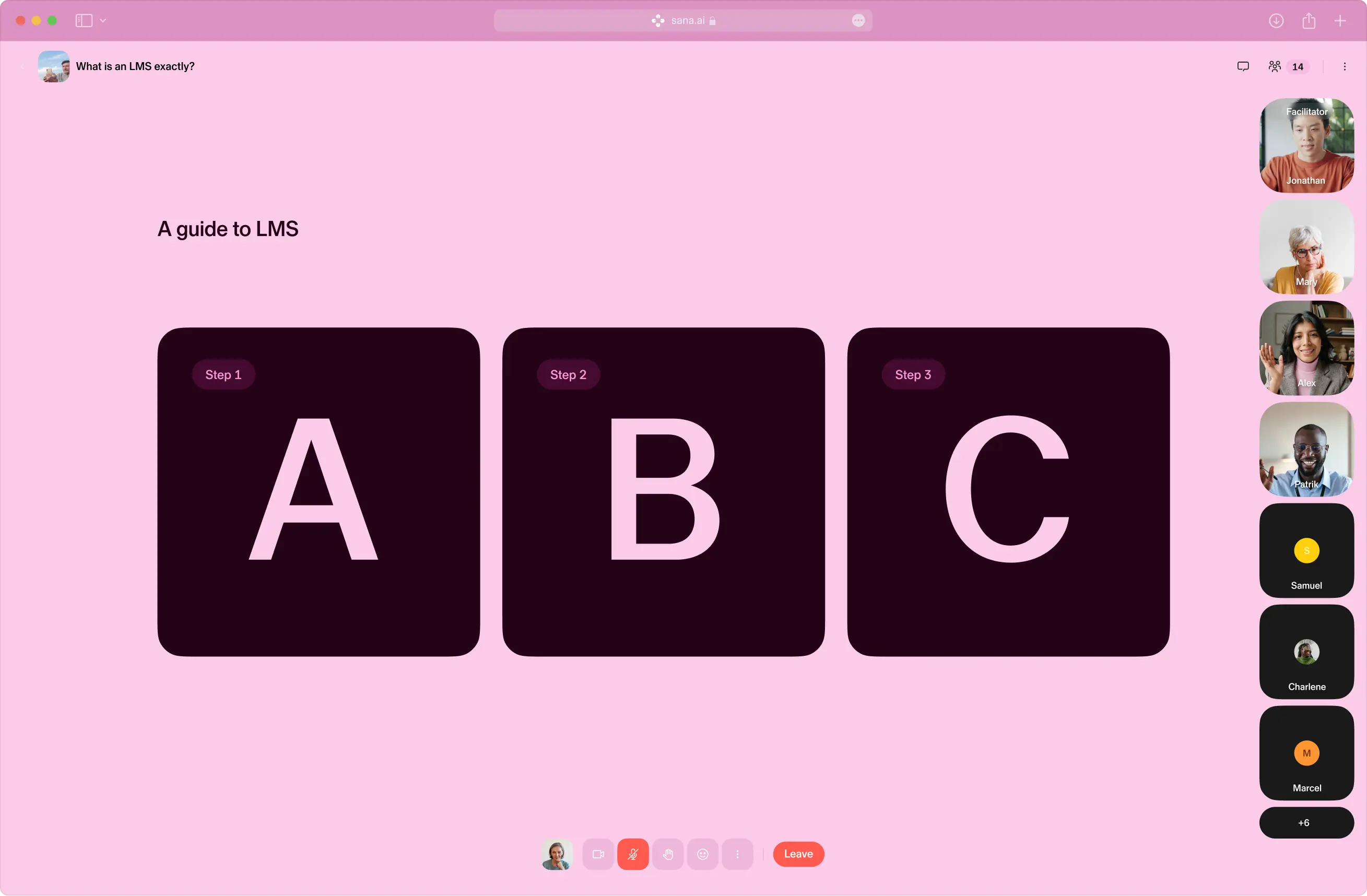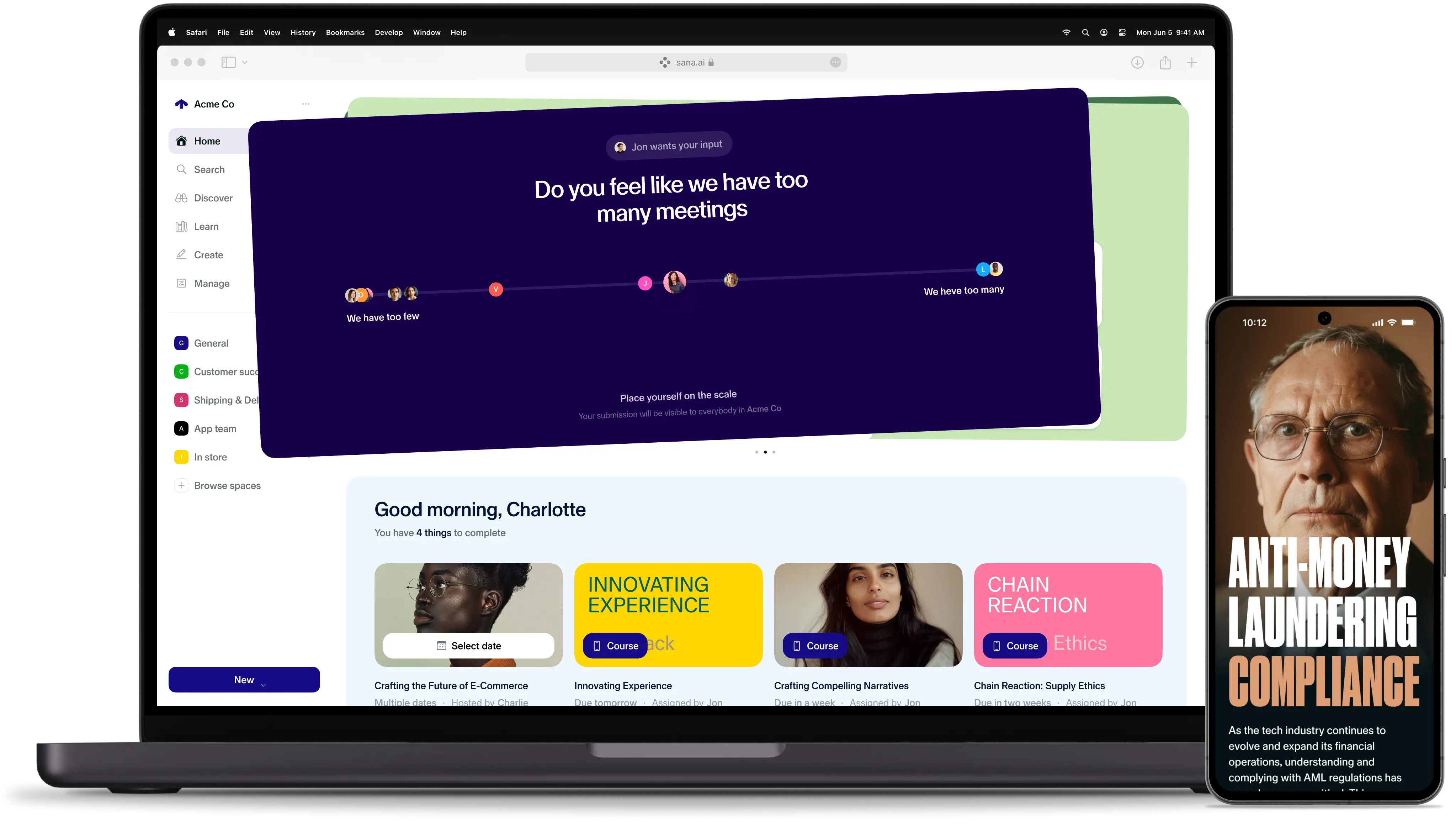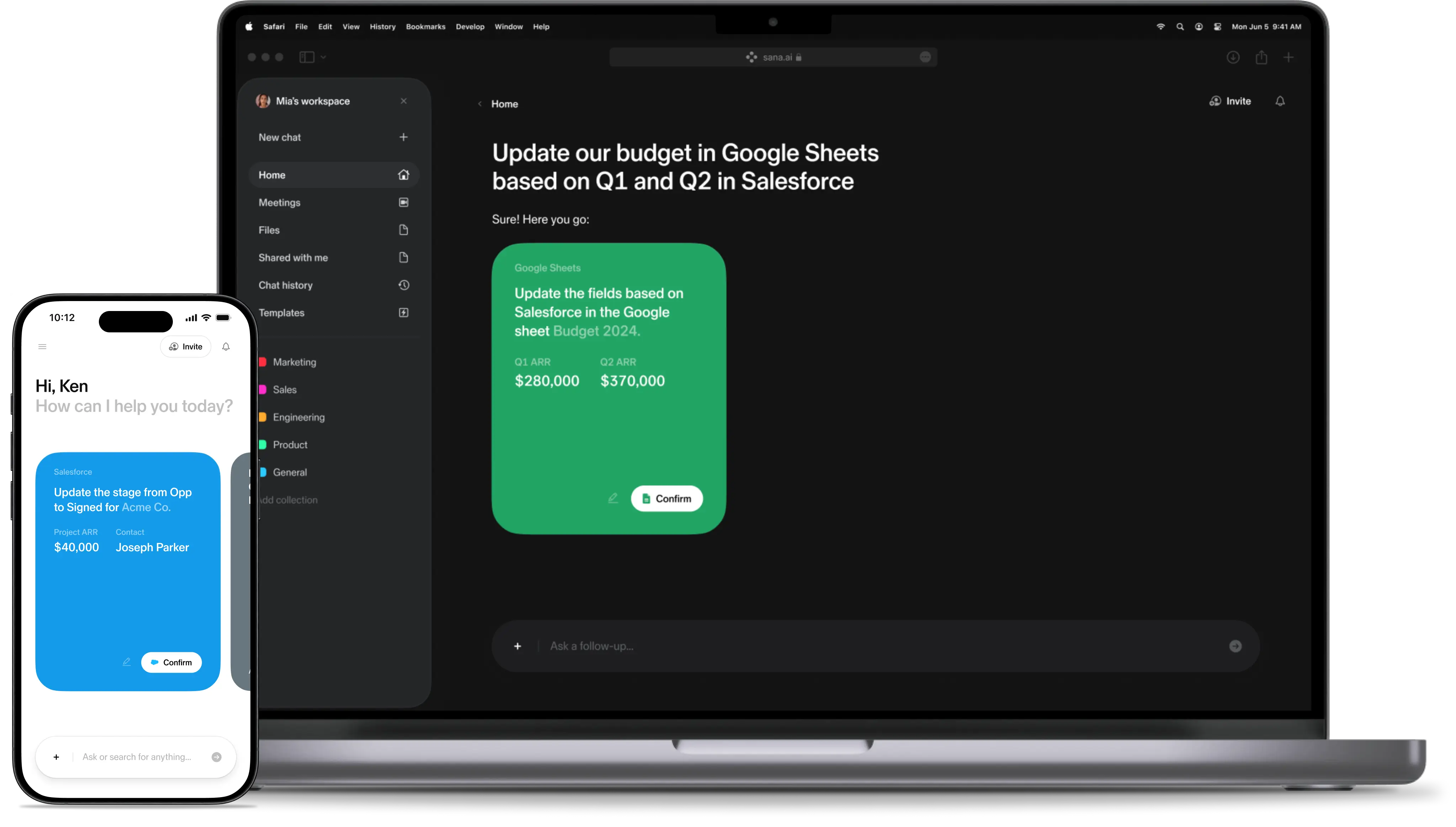It’s time to ditch the LMS features laundry list
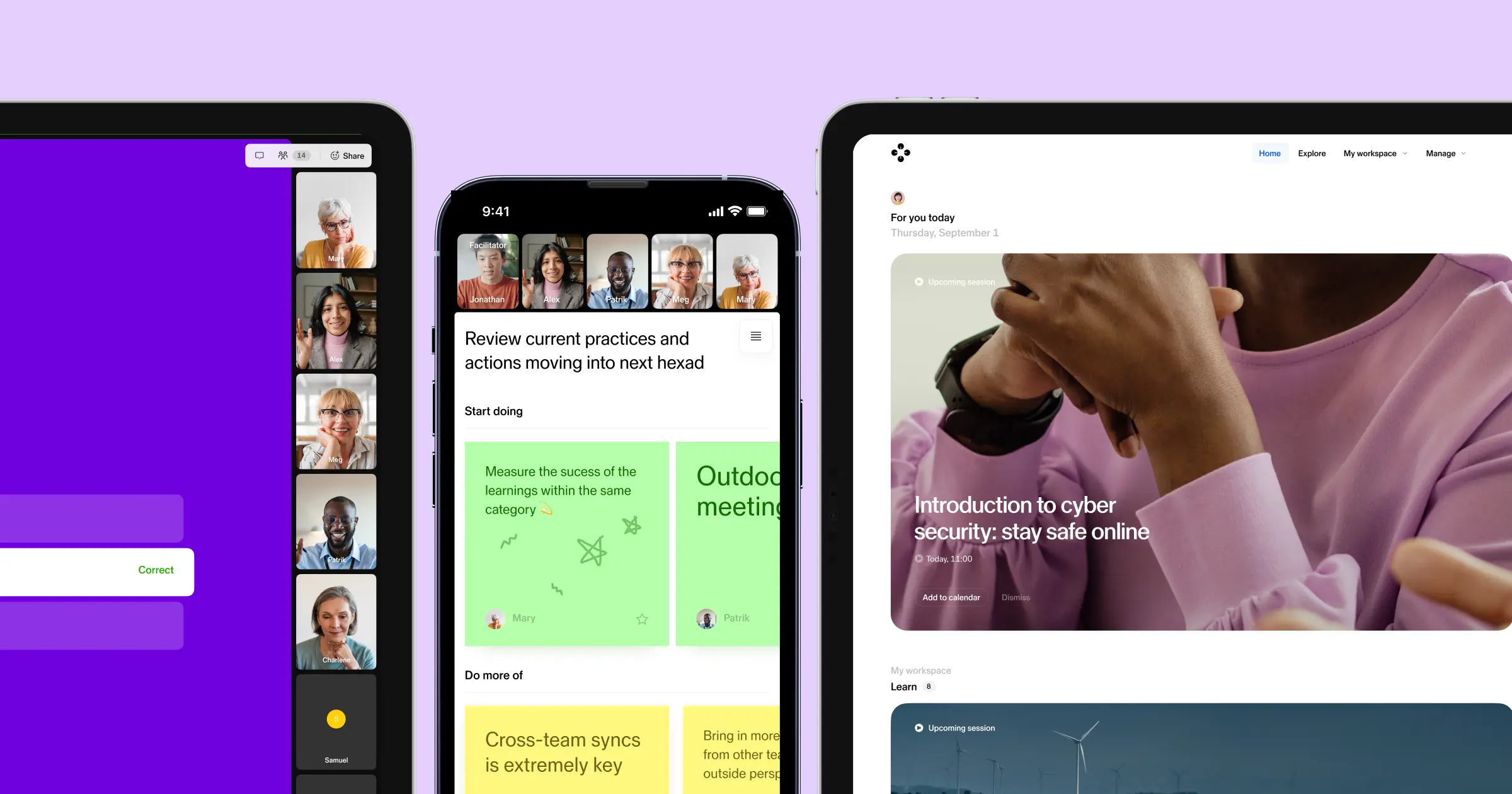
You’re looking for a Learning Management System (LMS) that will integrate seamlessly into your company. A simple web search churns up innumerable features and sales points. It's tempting to get drawn into extensive comparison tables, but – and I say this with love and first-hand experience – don't do it.
How do I know this? Hi! I'm Rita Azevedo, former Head of Learning at Klarna and now Strategic Learning Partner Manager at Sana Labs. In my previous L&D roles I've evaluated over 50 LMS providers, so I’ve learned a lot about the best way to find the right partner and, spoiler alert – it isn’t by making a spreadsheet with lots of colors and filters.
Here's what I think you should do instead.
Look beyond reporting features. Get visionary.
In my experience, the most exciting and effective L&D programs aren’t created after sifting through a laundry list of features, assessment tools or gamification features. The L&D programs that truly deliver exceptional results deliver learner engagement, support learner progress, and increase knowledge retention. And the best learning management systems support those outcomes, delivering on a vision of the learning culture we know our learners deserve.
Sounds a little too aspirational? Not so! A vision-first approach saves you time and money in the short and long run. So ask where the providers plan to be in 5 years, request to see the product roadmap. Ask them what took them into the learning industry. Have a sense if they want to disrupt, or if they’re happy to go along with the rest of the crowd. Ask providers how they work with their roadmap. Do they like to lead, or do they want to be a learning partner? If what you see doesn't fit with your vision, you know it's the wrong match.
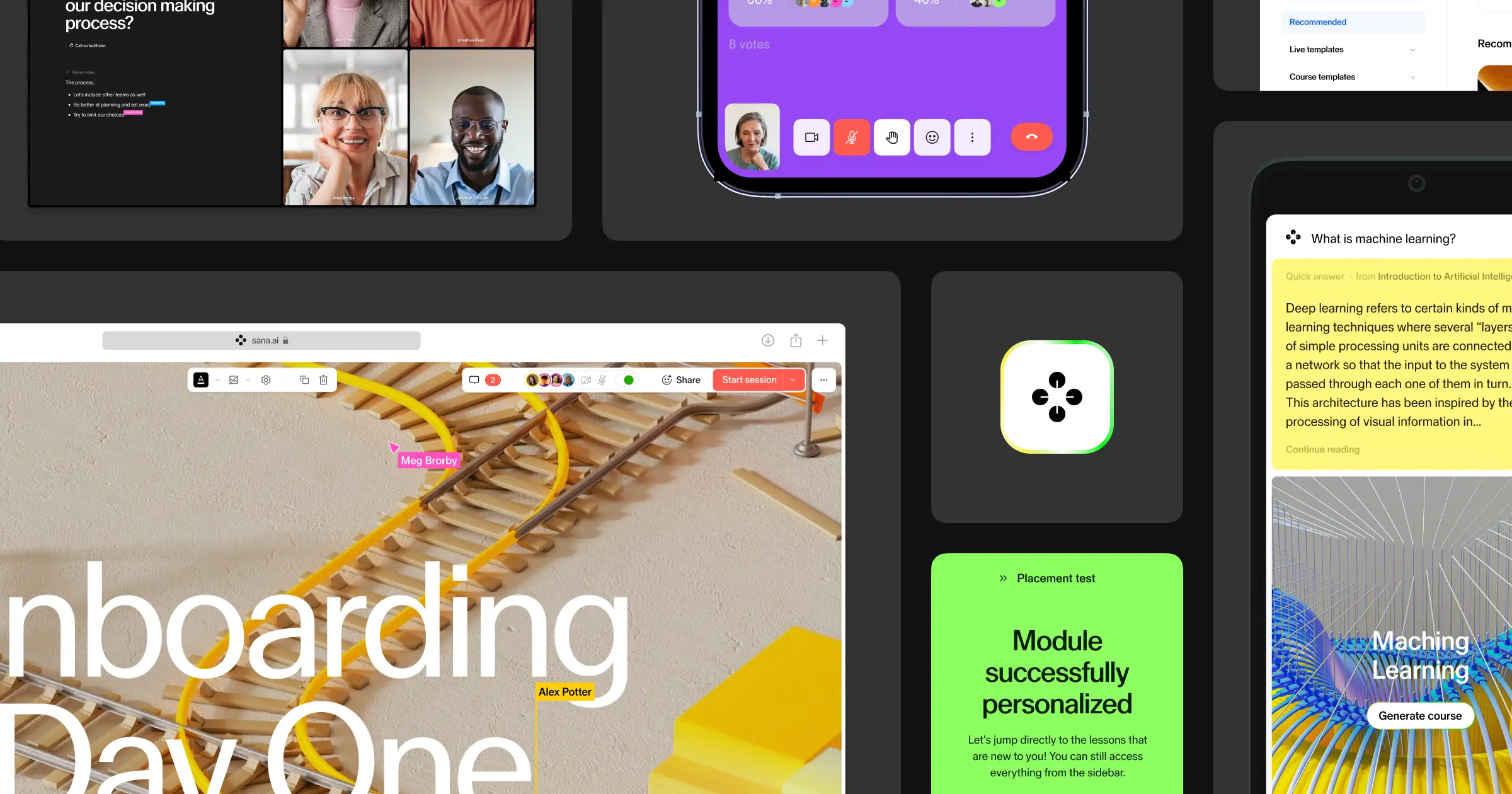
Talent borrows, genius steals. Learn from the best for your LMS checklist.
You can save a lot of time by learning from the best out there. Whose corporate learning cultures are at the cutting edge? Which L&D departments inspire you the most and why? What tech stack do they use?
My main inspirations in corporate learning are Amazon and Google. These companies have created decentralized learning cultures, with social learning tools, where individual learners can create courses that lead their development. Take Google’s g2g program. Google’s learning culture has created an ecosystem, “where employees were constantly learning new things, seeking out new opportunities, and developing new skills.”
This decentralized approach is inspirational because it trusts learners - Subject Matter Experts - to know what they need; to make a training program, training materials, and be active participants in their own learning curve. It allows learners to build a culture of knowledge sharing and contribution, without cross-checking everything through L&D. It empowers people to have a voice. It makes business sense.
How did I know the decentralized approach was the right learning culture for my organization? I matched it to the company culture.
Be clear on your learning culture
This is a huge generalization, but broadly speaking there are two main types of learning cultures – top-down and decentralized.
Top-down learning is where L&D teams decide what teams and people need to learn. L&D manages the creation of centralized learning materials, there’s a focus on instructor-led training, and course management is run by L&D. Basically, it’s central control over how people will learn, where and when.
Decentralized learning offers individual learners a social learning infrastructure to take their knowledge and development needs into their own hands. It also fulfills the learning needs of their peers, by allowing horizontal sharing of ideas.
Most companies offer a mixture of top-down and decentralized (e.g., encouraging self-directed Lunch and Learns for company-wide learning, and providing top-down mandatory compliance training) but it’s important to know which culture is right for your business to achieve its vision.
Top-down learning: leading from the top
Top-down learning is just like it sounds - the L&D decision-making process occurs at the highest level and is then communicated to the rest of the business. This has the benefit of L&D taking ownership of KPIs such as engagement, monitoring the number and quality of learnings, and making sure that some teams aren’t over-burdened with too many requests. It keeps L&D very busy, and in ownership of the business’s learnings.
Say your company has a factory, and Alex is the Warehouse team leader. Alex needs to communicate more effectively with the New Product Development (NPD) team. Under a top-down model, Alex won’t have the tools in place to create her own training. She’ll need to ask the L&D team to authorize or create the learning, or they might need to purchase the course on her behalf.
Top-down learning can be effective for established organizations with the resources to hire full-time learning administrators who can create course material. The learning culture also complements organizations that have longer planning cycles as they have plenty of time to develop and deliver course material. In my experience, top-down learning can leave the L&D team with less influence. When a decision-making process comes in the form of requests, it becomes difficult for L&D to work strategically.
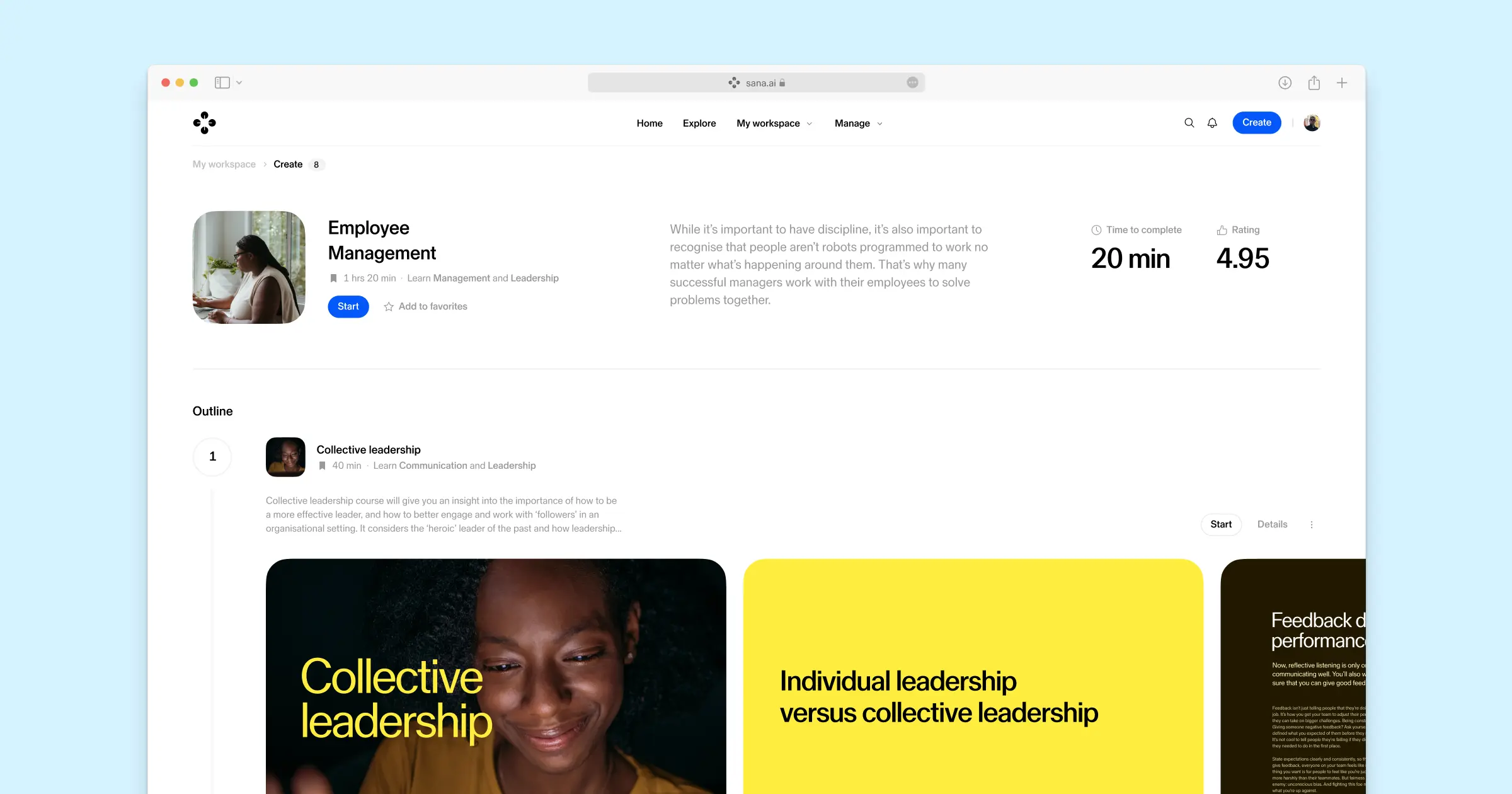
Decentralized learning: becoming performance consultants
Decentralized learning is most effective when your company culture is highly autonomous and transparent. It’s often a great fit for fast-growing businesses that need to onboard, upskill, and train at pace. Where there isn’t a large L&D department, decentralized learning can offer impact at scale.
Let’s return to our Warehouse team leader, Alex. Within a decentralized learning culture, Alex is known as a “Subject Matter Expert”. This means she can create an online course (maybe through LMS software) that educates the NPD team about how the Warehouse can help them, and how they can work together more effectively. She can create a learning path simply within the scope of her responsibilities, share the information she needs, and deliver it to her audience. In this scenario, L&D takes a consultative approach—supporting and advising Alex so that she can achieve her business goals.
The right technology is critical to the success of a decentralized learning culture. Employee-to-employee training requires collaborative tools that make learning activities easy to create and share. Social learning features like live chat, surveys, and quizzes are particularly helpful because they allow learners to share their expertise and grow a wider learning culture.
Most importantly, there has to be high psychological safety. Employees need to feel empowered to take learning into their own hands and share what they know with others.
Keep your LMS features list lean
Once you’re clear on your vision and culture, it’s time to make your list. Why only 15 features? Because it forces you to prioritize and focus on what’s most likely to help you achieve your vision. These are the three core steps to help you get there.
Step 1 - Understand your use cases
What use is your LMS if it's not serving your teams? Start by identifying the greatest pain points within each use case and note the features that solve them. For example:
- Is HR crying out for automated onboarding processes? You’ll need to think about an HCM system integration.
- Does Customer Success need more real-time product knowledge? Sounds like you need great search functionality.
- Is Sales struggling to see the impact of their training? That probably means an integration with a Sales CRM.
If one feature solves pain points across multiple use cases, that's even better.
Step 2 - Tease out the technicalities
Not sure what integrations you need? Talk with HR, IT, and Engineering about tech-stack integrations and tooling infrastructures. Learn where employee data is stored. Ask your colleagues: how would a new LMS integrate? Who would be responsible for integrations, and managing updates?
Answering these questions upfront will save a lot of time and stress down the road. This will make sure that any Learning Management System you suggest will be frictionless for learners, and for your support colleagues. The happier your teams are with the technicalities, the more likely they are to enjoy the platform that you roll out.
Step 3 - Learn from your learners
Everyone in the business needs to love your LMS, especially your learners. It needs to be so intuitive that every learner finds it almost invisible: they don’t need to think twice. To increase the chances of that happening, do your user research. Interview your employees and understand their personal development and growth challenges. Let your learners explore a few LMS platforms during your Request for Proposal (RFP) period.
I recommend starting with your organization’s highest-performing team. How much time did they spend doing voluntary learning over the past few months? What happened the last time they used your existing learning management system?
Let’s say your highest-performing team is in Engineering, and no one spent more than 30 minutes on a voluntary course within the past quarter. Maybe that means learning needs to come to them, which would make a Slack integration feature helpful. Or maybe the content needs to be more engaging, which increases the need for interactive features.
By focusing your questions on recent and past behavior, you’ll get more realistic answers on their challenges. From there, you as the learning expert can derive the right features to solve them.
3 is the magic number for core LMS features
Once you have your top 15 features, it's time to get even more specific. In my experience, having three non-negotiable features makes it easier to eliminate providers at the comparison stage.
Remember how I said you should take inspiration from other businesses? When I took inspiration from Google's G2G program, it was clear I would need a learning platform with a frictionless UX, collaborative content editing, and intuitive and automated content sharing functionality. To achieve my decentralized vision, those became my three non-negotiables. If the LMS provider couldn’t excel in all three, I would discount them immediately. That saved me a lot of time.
The smarter path to the right LMS
It’s all about focus and vision. Start with the outcome, understand your culture, and prioritize based on what admins and learners need. You’ll end up with fewer features to compare and save countless research hours in the process. Most importantly, you’ll increase your chances of finding the provider who can truly bring your vision to life.
Your ABC guide to the LMS
Read article